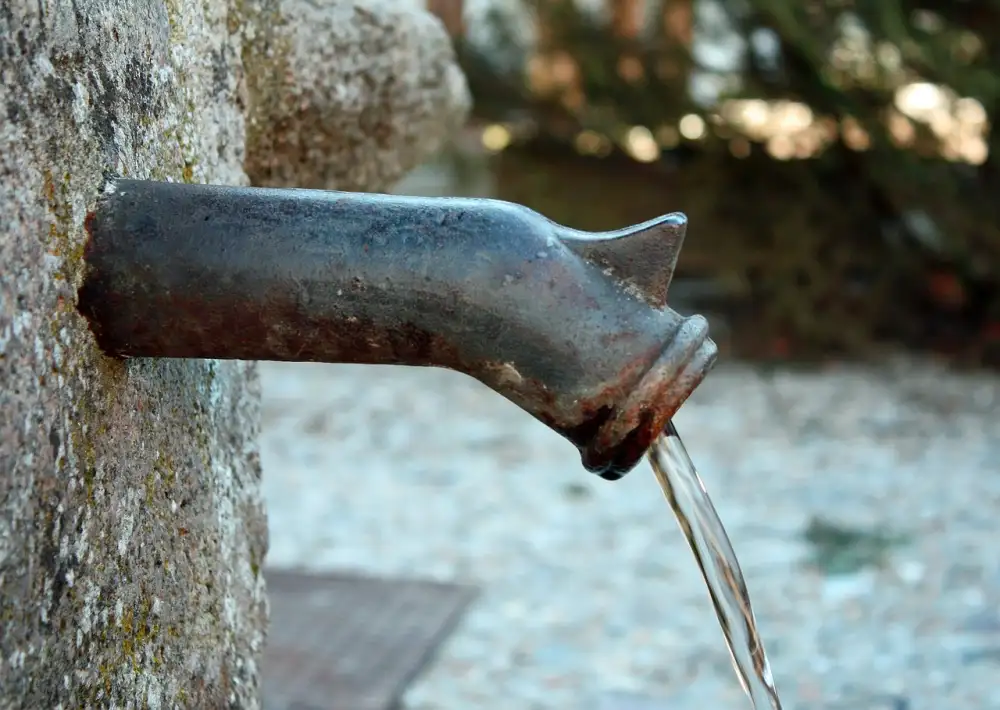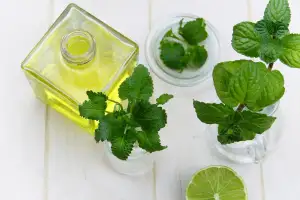Master the Art of Cleaning a Cast Iron Pan: A Step-by-Step Guide for a Pristine Home Kitchen

- Gather the Necessary Supplies for Cleaning
- Step-by-Step Guide to Cleaning a Cast Iron Pan
- 1. Allow the Pan to Cool Down
- 2. Remove Any Food Residue
- 3. Use Hot Water and a Soft Sponge to Clean
- 4. Avoid Using Soap or Harsh Chemicals
- 5. Dry the Pan Thoroughly
- 6. Apply a Thin Layer of Oil
- Tips for Maintaining a Clean Cast Iron Pan
Introduction: Properly cleaning a cast iron pan is essential for maintaining its longevity and ensuring optimal cooking performance. Cast iron pans are prized for their ability to distribute heat evenly and retain it, making them a favorite among chefs and home cooks alike. However, without proper care, these versatile kitchen tools can become rusty, lose their seasoning, and even develop an unpleasant taste. By following the right cleaning techniques, you can keep your cast iron pan in pristine condition and continue to enjoy delicious meals cooked to perfection.
Gather the Necessary Supplies for Cleaning
To properly clean a cast iron pan, it is essential to gather the necessary supplies. Here's what you'll need:
1. Hot water: Make sure you have access to hot water for effective cleaning.
2. Soft sponge or brush: Use a gentle sponge or brush that won't scratch the surface of the pan.
3. Salt or baking soda: These natural abrasives can help remove stubborn food residue.
4. Paper towels or clean cloth: You'll need these for drying the pan after cleaning.
5. Cooking oil: Have some cooking oil on hand to apply a thin layer after cleaning.
With these supplies ready, you're well-prepared to tackle the task of cleaning your cast iron pan effectively and safely.
Step-by-Step Guide to Cleaning a Cast Iron Pan
1. Allow the Pan to Cool Down: After cooking, let the cast iron pan cool completely before attempting to clean it. This will prevent any potential burns or accidents.
2. Remove Any Food Residue: Gently scrape off any food residue using a spatula or a plastic scraper. Be careful not to scratch the surface of the pan.
3. Use Hot Water and a Soft Sponge to Clean: Rinse the pan under hot water while using a soft sponge or brush to scrub away any remaining food particles. Avoid using abrasive materials that can damage the seasoning.
4. Avoid Using Soap or Harsh Chemicals: Cast iron pans develop a natural non-stick coating called seasoning over time, which can be stripped away by soap or harsh chemicals. Stick to using hot water and gentle scrubbing for regular cleaning.
5. Dry the Pan Thoroughly: After rinsing, dry the pan thoroughly with a clean towel or by placing it on low heat on your stovetop for a few minutes. Moisture can cause rusting, so make sure it is completely dry before storing.
6. Apply a Thin Layer of Oil: To maintain the seasoning and prevent rust, apply a thin layer of oil to the entire surface of the pan after each use. Use a paper towel to spread a small amount of oil evenly across the pan's surface.
By following these simple steps, you can keep your cast iron pan in great condition and enjoy its many benefits for years to come.
1. Allow the Pan to Cool Down
Before starting the cleaning process, it is crucial to allow the cast iron pan to cool down completely. This step is essential as cleaning a hot pan can lead to burns or damage to the pan's surface. Give it some time to cool naturally, ensuring your safety and preventing any potential accidents. Once the pan has reached room temperature, you can proceed with the next steps for effective cleaning and maintenance.
2. Remove Any Food Residue
To remove any food residue from your cast iron pan, start by using a spatula or a wooden spoon to gently scrape off any stuck-on bits. Be careful not to scratch the surface of the pan. If there are stubborn residues, you can add a small amount of coarse salt and use it as an abrasive to help loosen them. Gently scrub the pan with the salt using a soft sponge or cloth. This will help lift off any remaining food particles without damaging the seasoning of the pan.
3. Use Hot Water and a Soft Sponge to Clean
To clean your cast iron pan, start by using hot water and a soft sponge. Avoid using harsh scrub brushes or abrasive cleaners as they can damage the pan's seasoning. Gently scrub the surface of the pan to remove any food residue. The hot water will help loosen stuck-on bits without the need for soap. Rinse the pan thoroughly to ensure all debris is removed. This gentle cleaning method will preserve the integrity of your cast iron pan and keep it in pristine condition for years to come.
4. Avoid Using Soap or Harsh Chemicals
When it comes to cleaning a cast iron pan, it's important to avoid using soap or harsh chemicals. These can strip away the seasoning that gives the pan its non-stick properties and can also leave behind a soapy residue that affects the taste of your food.
Instead, opt for hot water and a soft sponge or brush to gently scrub away any food residue. The heat from the water will help loosen any stuck-on bits, making them easier to remove without damaging the pan's surface.
If you're dealing with stubborn stains or burnt-on food, you can create a paste using coarse salt and water. Apply this paste to the affected areas and use a soft cloth or sponge to scrub gently until the stains are lifted.
Remember, cast iron pans are naturally porous, so using soap can seep into these tiny pores and affect the flavor of your future dishes. By avoiding soap and harsh chemicals, you'll preserve the integrity of your pan and ensure that it continues to provide exceptional cooking results for years to come.
5. Dry the Pan Thoroughly
After cleaning your cast iron pan with hot water and a soft sponge, it is crucial to dry it thoroughly. Leaving any moisture on the pan can lead to rusting and damage over time. To ensure a completely dry surface, use a clean towel or paper towels to wipe away any remaining water. Pay extra attention to the handle and any crevices where water may accumulate. Once the pan is completely dry, move on to the next step of applying a thin layer of oil for optimal maintenance.
6. Apply a Thin Layer of Oil
To ensure the longevity of your cast iron pan, it is crucial to apply a thin layer of oil after each cleaning. This step helps to prevent rust and maintain the pan's non-stick surface. Once the pan is dry, use a clean cloth or paper towel to apply a small amount of cooking oil all over the surface, including the handle. Make sure to coat both the inside and outside of the pan evenly. Then, using a fresh cloth or paper towel, gently wipe off any excess oil. This process will create a protective barrier that keeps your cast iron pan in pristine condition for years to come.
Tips for Maintaining a Clean Cast Iron Pan
1. Avoid soaking the pan: While it's important to clean your cast iron pan after each use, avoid soaking it in water for extended periods. This can cause rusting and damage the seasoning.
2. Use a stiff brush or scraper: For stubborn food residue, use a stiff brush or scraper to gently remove it. Avoid using abrasive materials that can scratch the surface of the pan.
3. Re-season regularly: To maintain the non-stick surface of your cast iron pan, re-season it regularly. Apply a thin layer of oil and heat it on low for about an hour. This helps to keep the pan seasoned and prevents food from sticking.
4. Store properly: After cleaning and drying your cast iron pan, store it in a dry place with good ventilation. Avoid stacking other pans on top of it as this can cause scratches.
5. Avoid cooking acidic foods: Acidic foods like tomatoes and citrus can strip away the seasoning of your cast iron pan. If you do cook such foods, make sure to clean and re-season your pan afterwards.
By following these tips, you can ensure that your cast iron pan remains clean, well-maintained, and ready to enhance your culinary adventures!
By following this step-by-step guide, you can master the art of cleaning a cast iron pan and enjoy the benefits of a well-maintained kitchen essential. A properly cleaned cast iron pan not only ensures a pristine cooking surface but also enhances the flavor of your dishes. With regular maintenance and care, your cast iron pan will develop a natural non-stick surface that improves over time. So, embrace the tradition of cast iron cooking and savor the delicious results it brings to your culinary adventures.
Published: 02. 01. 2024
Category: Home



